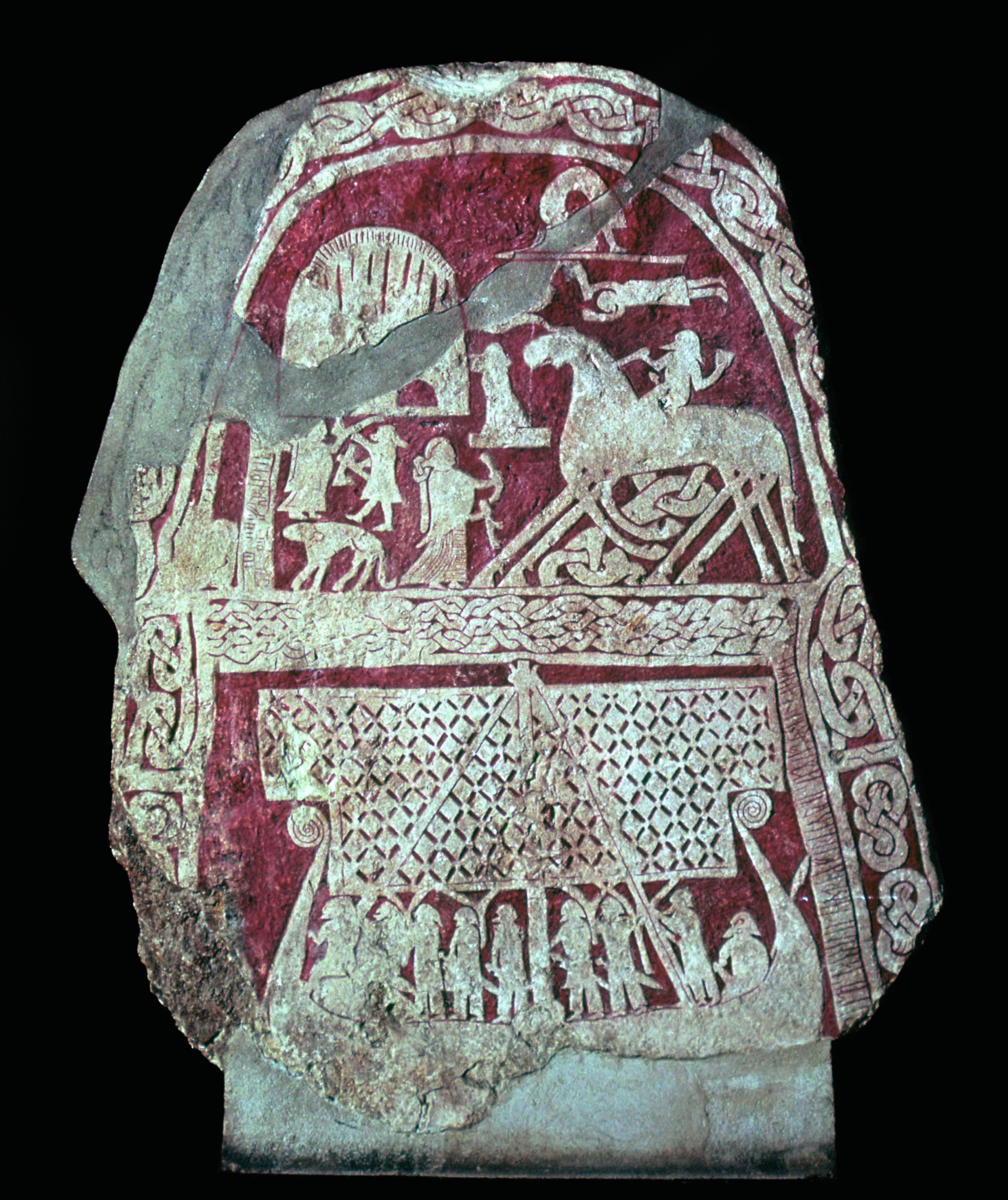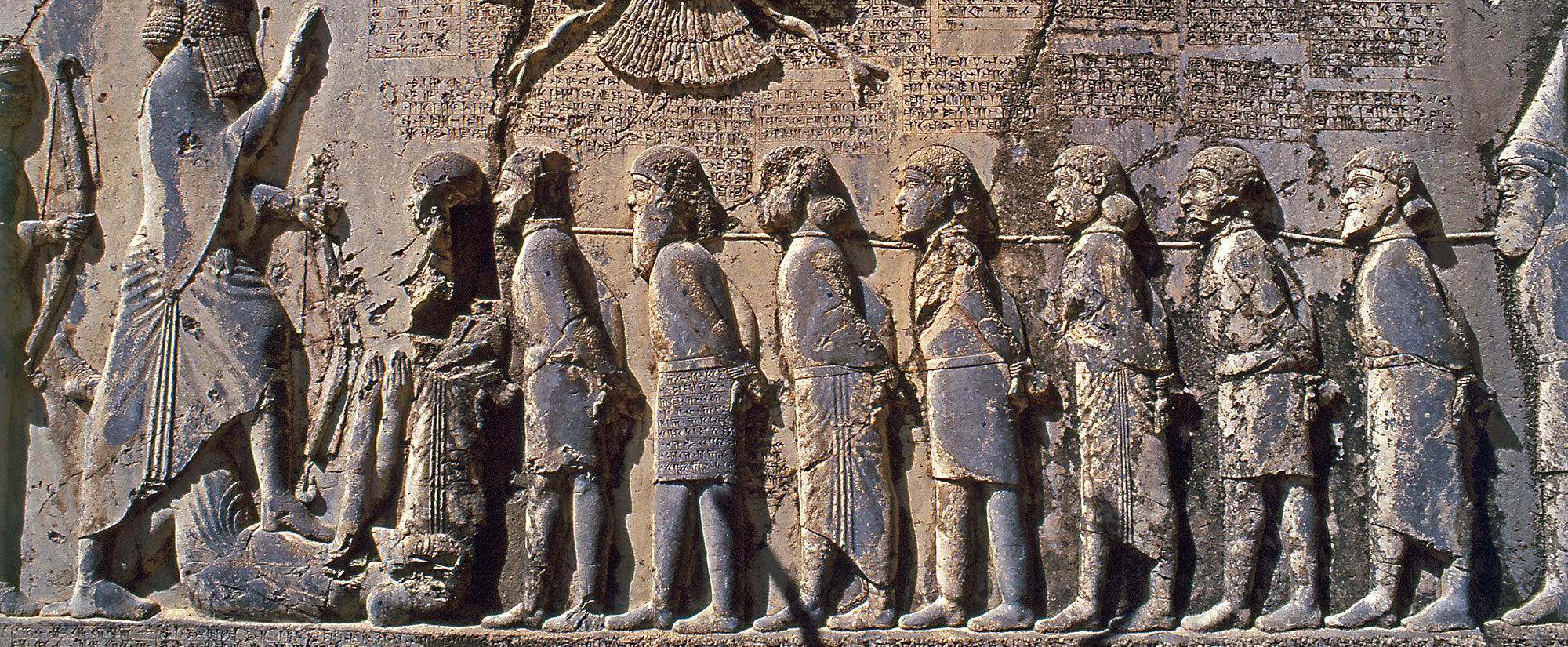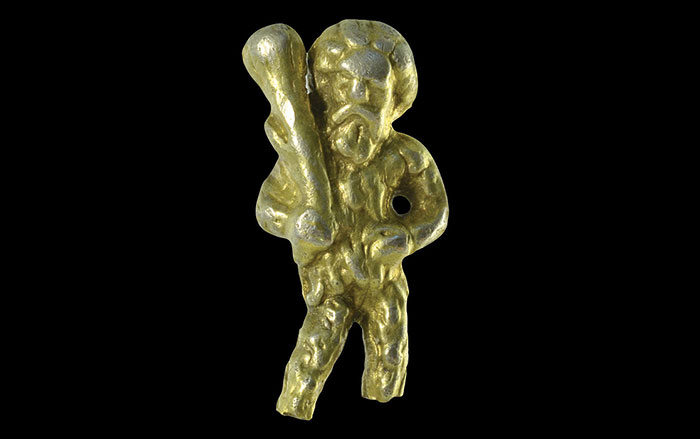
The woeful state of Viking bathrooms could be a factor behind smokers’ coughs in Scandinavia. Sometimes in human evolution, populations adapt in ways that aren’t always beneficial in the long run. For example, the sickle-cell trait evolved in humans because it provides some protection against malaria, but people who inherit the trait from both parents develop sickle-cell disease, a serious blood disorder. In this new case, molecular biologists have connected intestinal parasites in the Viking Age to modern lung disease.
Last year, Danish scientists studying the remains of a Viking privy found that the ancient Norse and their domestic animals were infested with a variety of intestinal parasites. These parasites release enzymes called proteases that cause disease. The immune system also creates proteases that can cause inflammation and damage, but the body has natural defenses against those, including a molecule called alpha-1-antitrypsin (A1AT). Because they were more or less constantly infected, Vikings evolved to produce “deviant” forms of A1AT that were specifically useful against worm-related proteases instead of the body’s own. In the absence of normal A1AT, the immune system’s own proteases are free to damage tissue, including in the lungs and liver. At the time, the benefits of this genetic mutation outweighed the risks. Not so today.
Today, this deficiency of normal A1AT is the only known genetic risk factor for lung diseases such as chronic obstructive pulmonary disease (COPD) and emphysema. People also live longer and smoke tobacco, which allows the damage caused by the deficiency to accumulate. “It is only in the last century that modern medicine has allowed human populations to be treated for disease-causing worms,” says Richard J. Pleass of the Liverpool School of Tropical Medicine. “Consequently, these deviant forms of A1AT that once protected people from parasites are now at liberty to cause emphysema and COPD.”











